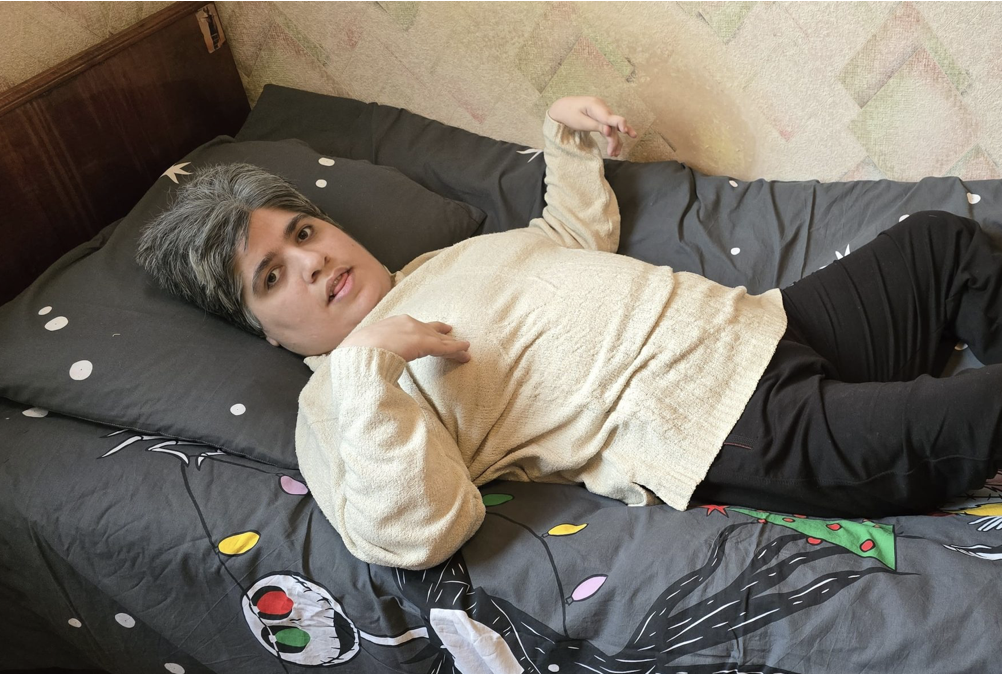

Regular payments function is available
“Monkeypox” is relatively severe in children, pregnant women and immunocompromised individuals – infectious disease specialist
According to infectious disease specialist Maya Butsashvili, “monkeypox” is relatively severe in children, pregnant women and immunocompromised individuals. As she explained, the onset of the disease is characterized by flu-like symptoms: fever, chills, headache and muscle pain, swollen lymph nodes. After 1-3 days, a rash appears, starting from the face and spreading to other parts of the body, including the palms and feet. The rash is initially nodular, and then becomes blisters with cloudy contents. After a few days, they become covered with a crust, which subsequently falls off.
“Yesterday, WHO declared mpox (formerly known as “monkeypox”) an international public health threat.
Currently, “monkeypox” is actively spreading in several countries in Africa. According to WHO, the virus can spread throughout Africa and beyond the continent, but so far cases are concentrated in the Democratic Republic of the Congo (DRC) and neighboring countries.
Similarly, in July 2022, WHO declared “monkeypox” an international threat, which was lifted in May 2023, when the number of cases dropped sharply.
A quick reminder about this infection:
The disease is relatively severe in children, pregnant women and immunocompromised individuals. Symptoms are similar to smallpox, but are milder. At first, it is characterized by flu-like symptoms: fever, chills, headache, muscle pain, swollen lymph nodes. After 1-3 days, a rash appears, starting on the face and spreading to other parts of the body, including the palms and feet. The rash is initially nodular, and then becomes blisters, with cloudy contents. After a few days, they become covered with a crust, which subsequently falls off.
Transmission from a person with symptoms of the disease occurs by droplet transmission and close contact with various biological fluids. The incubation period is 6-13 days (can reach 21 days).
Diagnosis is carried out by the PCR method. Rodents and primates are carriers.
The disease was first discovered in monkeys in 1958, hence the name. In 1970, the first case of human disease was detected in Congo,” – Butsashvili wrote on social media.



